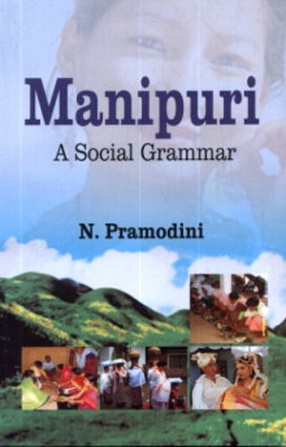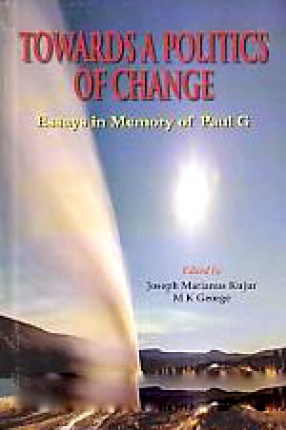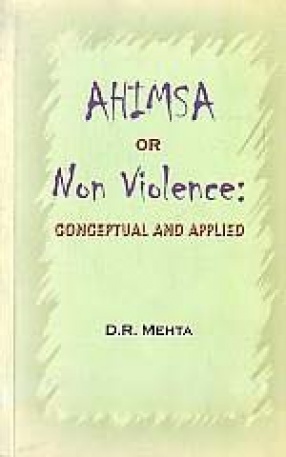Manipuri: A Social Grammar
In stock
Manipuri : A Social Grammar: this study is devoted to a sociolinguistic analysis of the language, structure, style and socio-cultural nuances in Manipuri. This research work is divided into four chapters. Dr. N. Pramodini in her introduction defines sociolinguistics and its various related aspects. The author embarks on methodical description of the chosen topic, presents linguistically tangible evidence and judiciously pronounces scholarly judgement. It is a sociolinguistic study of first of its kind of Manipur culture. The author, quite confidently selects four topics, namely kinship terminology, forms of address and names, taboo and male and female differences in Manipuri. Discussion on the chapters of different topics yet interrelated lends grandeur to the scheme of the text under consideration. The grasp of the topic and in depth scholarship in sociolinguistics is splendidly displayed. In each chapter every term required to understand the subject is lucidly explained with suitable examples. This in a way, prepares the reader to appreciate subsequent chapters comfortably.
The kinship terminology involves the analysis with the expressive resources of language at various levels; vocabulary, morphology. The author brilliantly enumerates what makes Manipur culture unique. An elaborate evaluation of the forms of address and names is very lucid and easily comprehensible. The author offers ample examples to illustrate her argument. Taboo and male and female differences are characterized by the use of a special language. The content of taboo and male and female differences in Manipuri are culture-specific. Understanding of these culture create favorable interpersonal atmosphere. These are all aspects which deal with this essential aspect of Manipur life with remarkable erudition and pragmatism.
Finally the work deserves appreciation for appending a very lengthy and highly useful bibliography to the text. This, in itself, is a glowing testimony to the quality of work. In fact this is a very valuable referential text and an eminently enjoyable book providing a new dimension in the evaluation of sociolinguistic study in Tibeto-Burman languages.





There are no reviews yet.